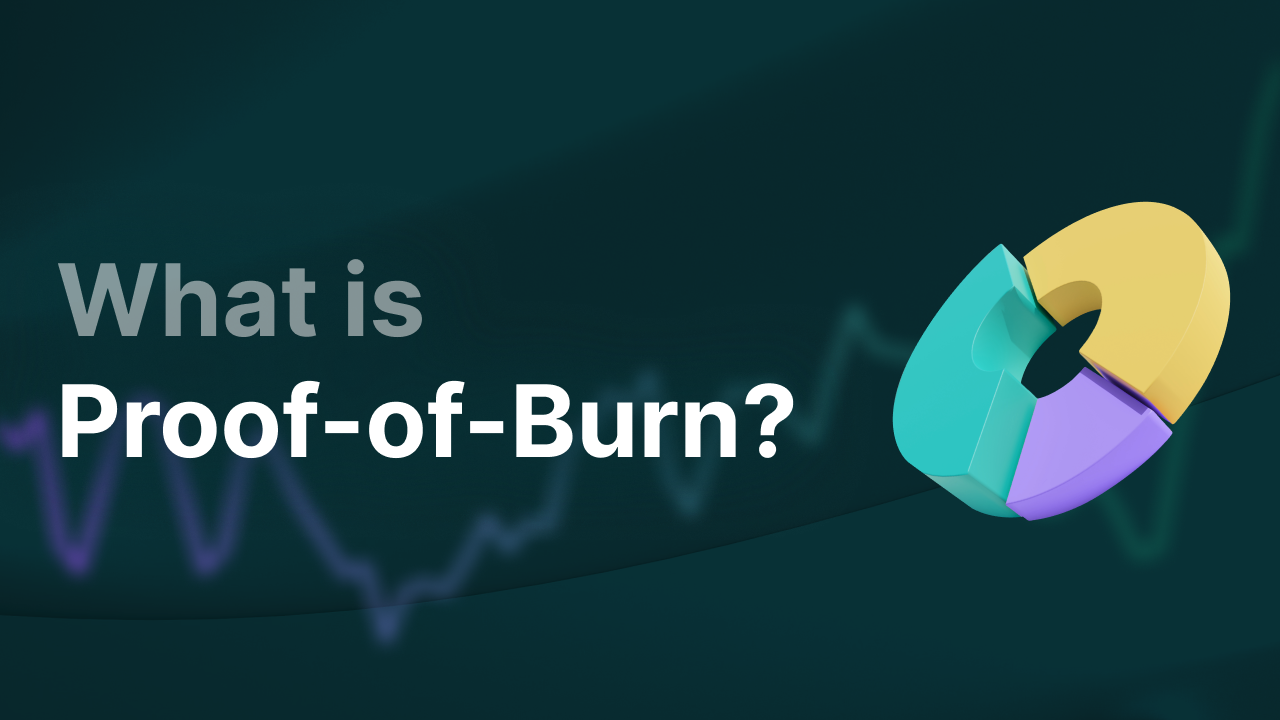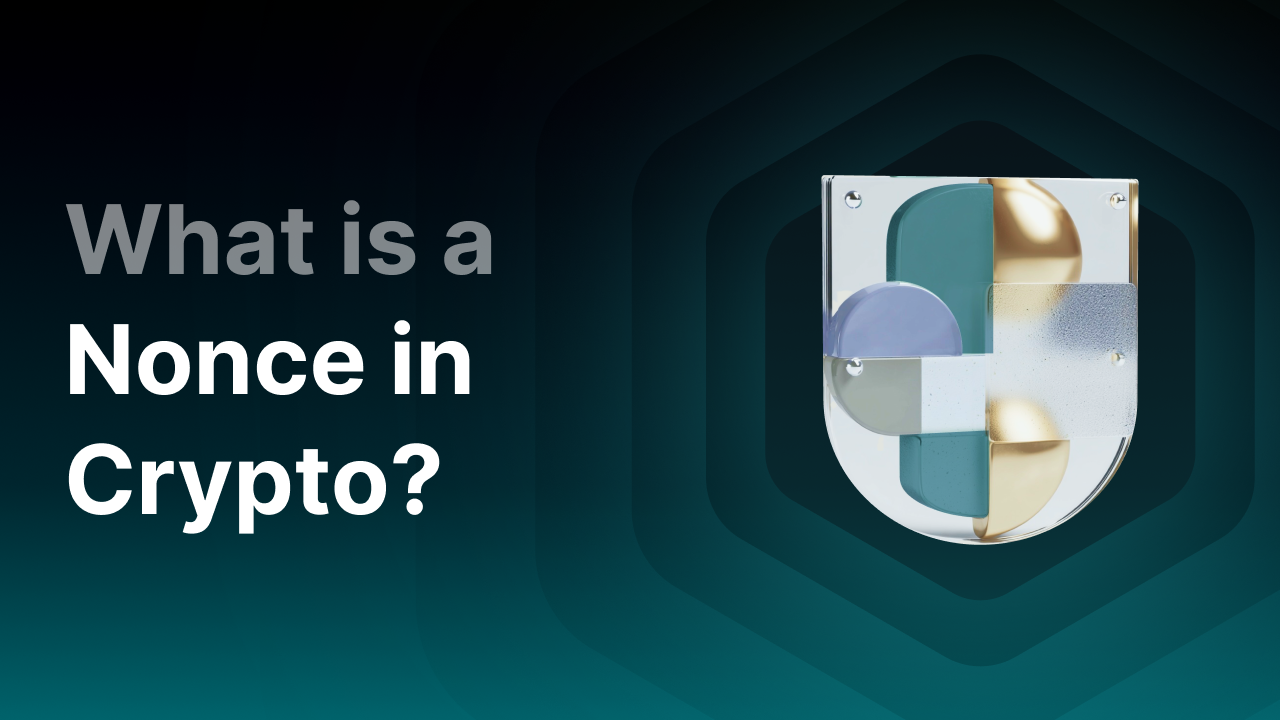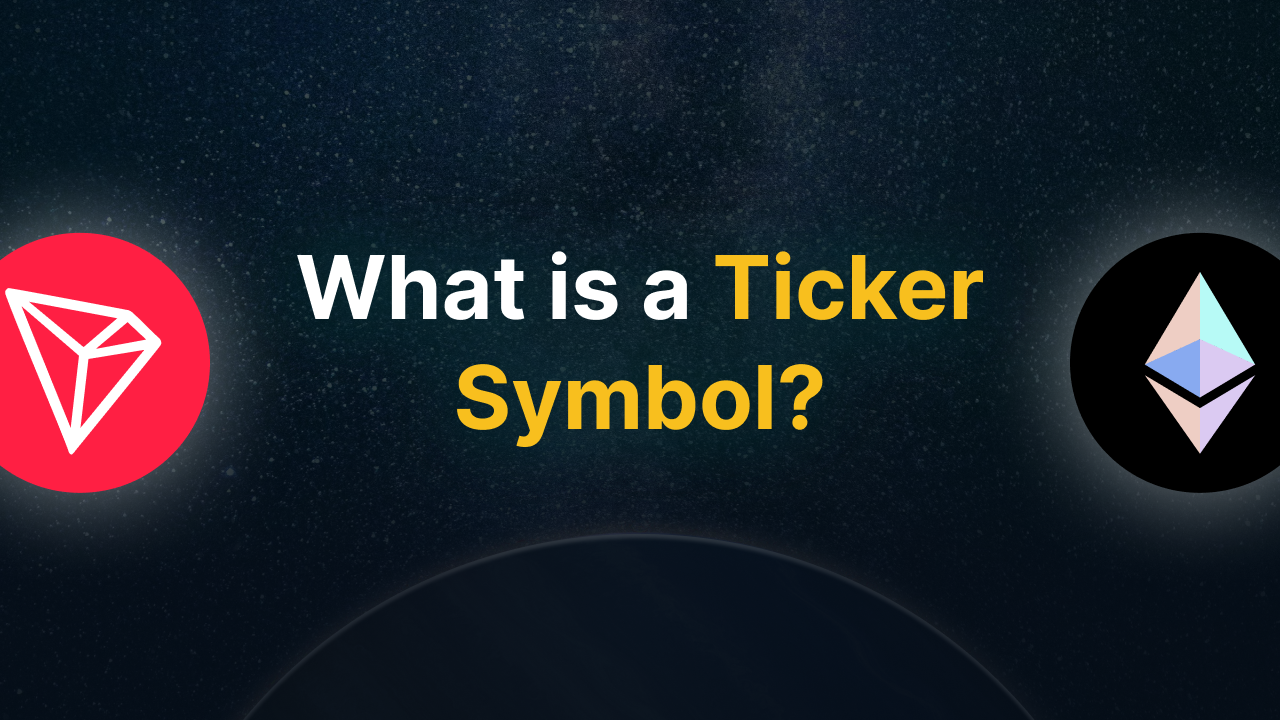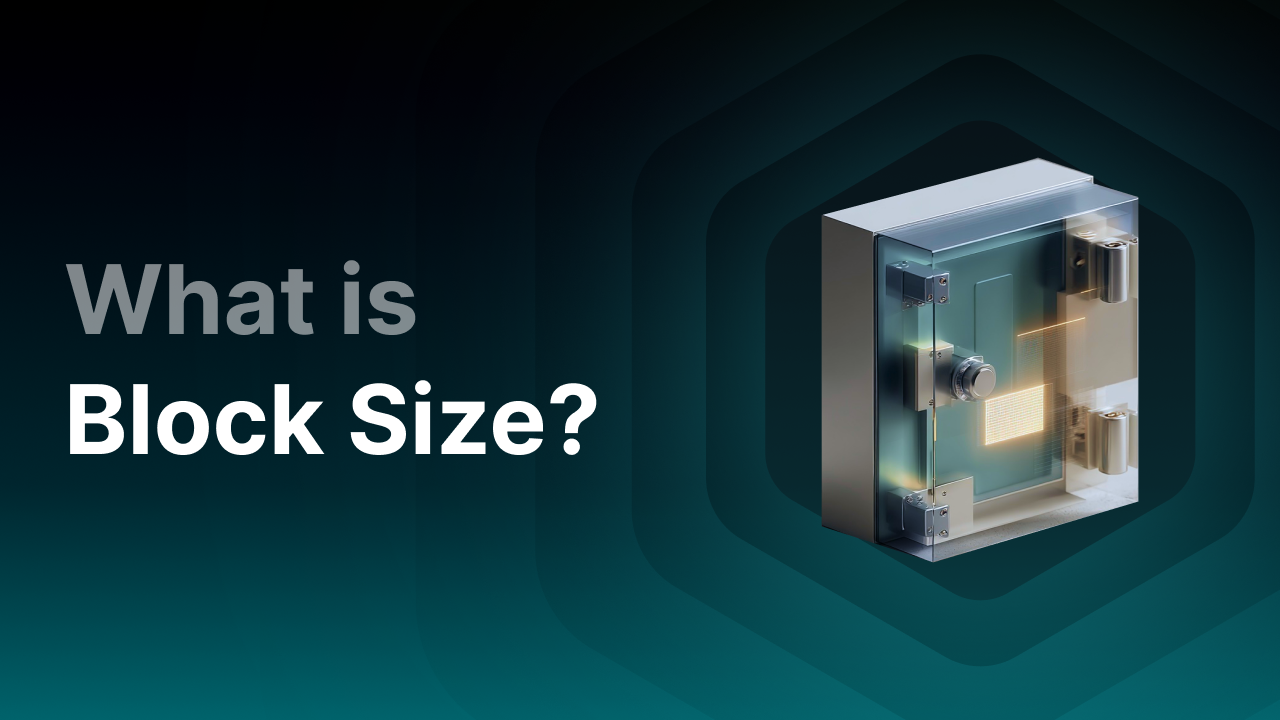The MiCA Crypto Law Explained
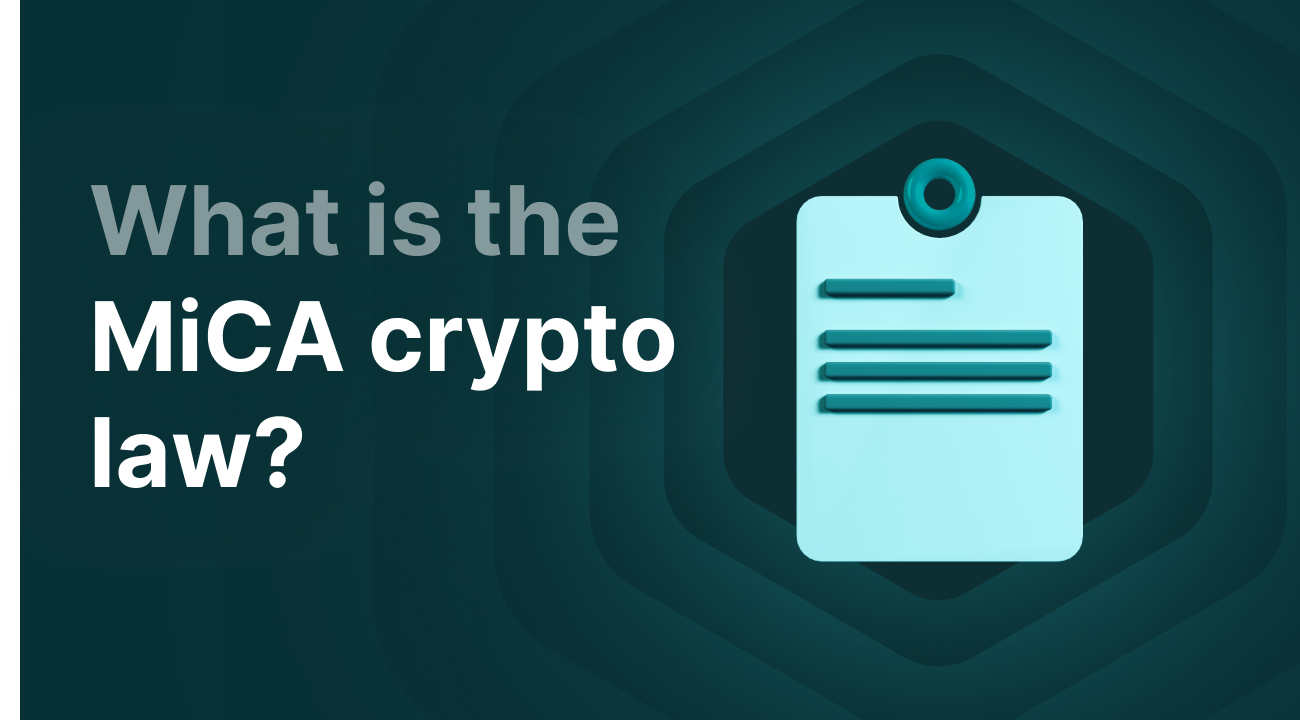
What is MiCA (Crypto Assets Regulation)?
MiCA is a new regulation within the European Union aimed at making the crypto market safer and clearer for consumers. The MiCA law stands for Markets in Crypto-Assets Regulation. Many therefore refer to it as MiCAR. MiCA is intended to eliminate regional differences caused by national laws regarding the buying and selling of crypto on centralized crypto platforms. The legislation is specifically designed to protect consumers.
The regulation applies to issuers of cryptocurrencies like Bitcoin and Ethereum, as well as companies offering crypto services, such as centralized trading platforms. These parties must apply for the official MiCA license and receive approval to offer their services within the European Union.
Key Takeaways
-
MiCA imposes stricter requirements on crypto service providers to protect consumers against deception and fraud.
-
MiCA ensures a single uniform regulation within the European Union, so providers no longer have to register in each individual EU country.
-
Stablecoins and other asset-referenced tokens must have verifiable collateral, increasing their stability and reducing risks to the financial system.
-
By providing clear legislation, MiCA creates a safe framework in which crypto developers and companies can innovate within the EU without legal uncertainty.
-
MiCA requires providers to collect transaction data and makes cross-border enforcement more efficient, helping to prevent money laundering and criminal use of crypto.
Why is MiCA important for the European Union?
The MiCA was introduced by the European Union to provide a unified framework for the trade, issuance, and servicing of crypto-assets within the EU. The European Union saw this as necessary due to the rapid growth of the crypto market, which left countries with little time to develop proper regulations. This resulted in increased risk for investors and consumers.
The main reasons for implementing MiCA are:
-
Consumer protection: One reason for its establishment is to protect consumers from deception, fraud, and unclear terms by imposing stricter requirements on crypto service and product providers. This enables consumers in the EU to trade crypto safely, such as buying Bitcoin or Ethereum.
-
Market integrity: Clear regulations limit market abuse and combat unfair trading practices such as fraud, resulting in a fairer and more transparent market.
-
Financial stability: The growth of crypto-assets can pose risks to the broader (and traditional) financial system. MiCA aims to manage these risks through oversight and rules that allow the market to grow responsibly.
-
Fostering innovation: By providing a clear legal framework, businesses and developers gain clarity on the regulations. This stimulates innovation within the EU while simultaneously limiting risks.
-
Supervision and enforcement: MiCA ensures better coordination among regulators in different member states, making supervision more effective and cross-border enforcement simpler.
In short, the MiCA legislation is designed to make the crypto market safer, more transparent, and more stable, while also creating room for technological advancement and economic growth within the EU.
MiCA’s Objectives
MiCA has four objectives that the legislation must meet:
-
Provide legal certainty – Ensure clear rules on how cryptocurrencies fall under EU law.
-
Support innovation – Create a safe and fair framework to promote the technological development of Distributed Ledger Technology (DLT).
-
Protect consumers and investors – Manage risks from cryptocurrencies that fall outside existing regulation.
-
Ensure financial stability – Prevent types of crypto, such as stablecoins, from posing risks to the financial system.
MiCA Timeline
Motivation and research into a regulatory framework
In 2017, the crypto market experienced extreme growth, attracting many new investors. In particular, the popularity of Initial Coin Offerings (ICOs) drew attention from European policymakers due to risks to consumers, fraud, hacks, and money laundering. It became clear that member states needed uniform regulation within the EU to mitigate these risks.
However, as early as 2015, the European Banking Authority (EBA) and the European Securities and Markets Authority (ESMA) had already begun researching cryptocurrency and blockchain. At that time, policymakers concluded that consumers needed protection and that money laundering in the crypto market should be tackled through a regulatory framework. These conclusions formed the basis for further regulation.
Previous regulatory attempts
In 2018, regulations were introduced for financial services, including certain forms of cryptocurrency, namely MiFID II (Markets in Financial Instruments Directive). However, many parts of the crypto market still fell outside this framework, such as stablecoins and crypto trading platforms, necessitating additional legislation.
Structure and content of MiCA
From that point on, the structure and content of MiCA were developed, after the shortcomings of existing regulations like MiFID II became apparent. The official MiCA proposal was presented by the European Commission in September 2020. The proposal outlined how MiCA distinguishes between various types of crypto, such as utility tokens, asset-referenced tokens (also known as stablecoins), and e-money tokens. The law also regulates the issuance of these tokens and the providers of crypto services. There is also a strong focus on consumer protection and transparency. Moreover, MiCA introduces a European passport, allowing regulated crypto companies to operate freely across the EU.
MiCA is intended as a complement to existing EU regulations, such as the Anti-Money Laundering Directives (AMLD5 and AMLD6), which focus on preventing money laundering and terrorist financing in the crypto market. MiCA provides a specific legal framework for crypto that works closely with these existing rules.
Approval of MiCA
In 2022, the ECON Committee of the European Parliament approved the draft of MiCA. The law was passed with 28 votes in favor and 1 against. On April 20, 2023, the European Parliament approved MiCA with more than 90% of the vote.
Entry into force
The MiCA legislation began to take effect in 2024. This is happening gradually. There are transition periods for existing market players to comply with the new requirements. Companies offering crypto services, such as Finst, must comply with strict requirements of the law. Once a party has received the official MiCA license, consumers within the European Union can use the service.
Application of MiCA to DeFi and Central Bank Digital Currencies (CBDC)
MiCA does not (yet) apply to DeFi (Decentralized Finance), which refers to financial services that operate entirely via smart contracts without centralized intermediaries like exchanges or banks. Central Bank Digital Currencies (CBDCs), such as the future digital euro, also fall outside MiCA’s scope. Separate regulatory frameworks still need to be developed at the EU level for both DeFi and CBDCs.
Obligations for providers under MiCA
MiCA exists to protect consumers. That is why there are regulations that providers must comply with, such as not publishing misleading advertisements or spreading deceptive statements on their websites. Customers must also be warned about the risks of investing in cryptocurrencies. Additionally, customers will gain more insight into the risks of specific cryptos on trading platforms, as providers are required to disclose this on their platforms.
Issuers of stablecoins must also have a license to be active within the European Union.
MiCA is also designed to combat money laundering. From December 30, 2024, providers must collect and transmit additional information when executing orders on their platforms. This is part of the implementing law called the Transfer of Funds Regulation (TFR). This helps to combat illegal activities such as money laundering and terrorist financing.
Benefits of the MiCA Law
MiCA legislation offers several benefits for consumers and crypto service providers:
-
MiCA provides extra protection for consumers and businesses against fraud and scams, such as rug pulls and pump and dump schemes. Additionally, there is more oversight on developers of new crypto projects. Fraudulent providers and violators will be held personally liable under MiCA. Unreliable cryptocurrencies will be exposed more quickly due to stricter requirements.
-
Thanks to strict regulation around stablecoins, these will be even more stable and reliable.
-
Asset-Referenced Tokens, such as tokens linked to gold, must now also have sufficient collateral for the number of tokens in circulation.
-
There will be a guarantee when purchasing through an ICO. Investors will have a 14-day cooling-off period after their purchase under MiCA.
-
Crypto providers, such as brokers and exchanges, will only need to register once under MiCA, instead of in every individual EU country.
-
MiCA finally establishes a unified regulation for all EU countries, providing clarity and trust.
Final Thoughts
MiCA is a milestone in European crypto regulation. The law brings safety, clarity, and structure to a market that until recently was largely unregulated. Consumers are better protected, businesses get clear rules, and the European crypto market becomes more future-proof. Although DeFi and CBDCs currently fall outside the scope, MiCA is an important first step toward a mature, stable, and innovative digital economy within the EU.
